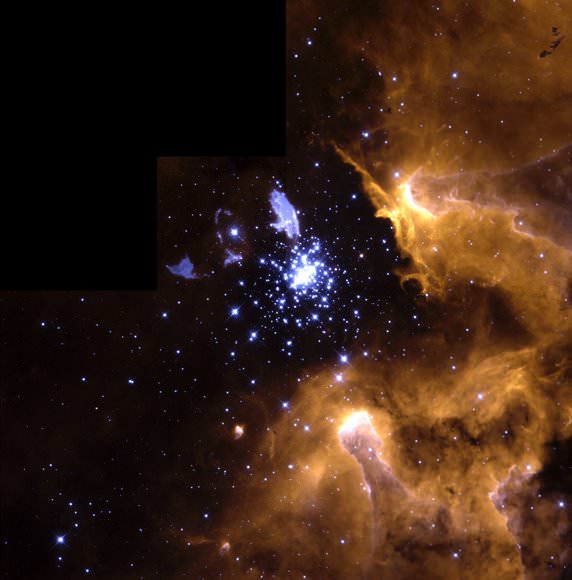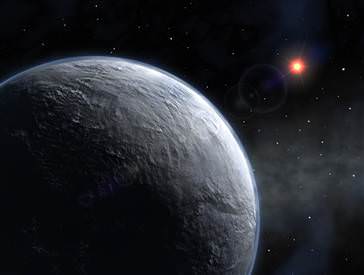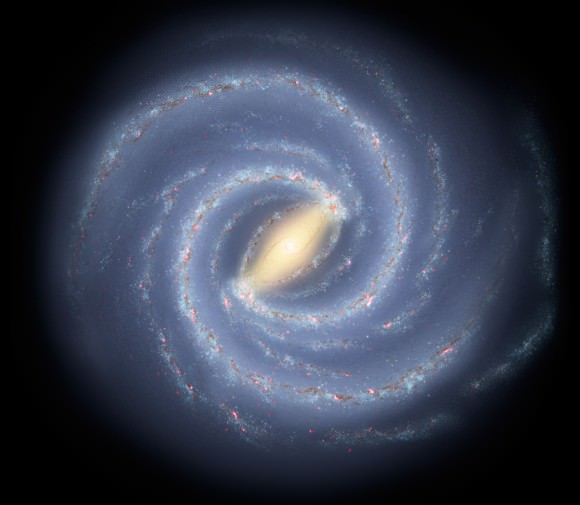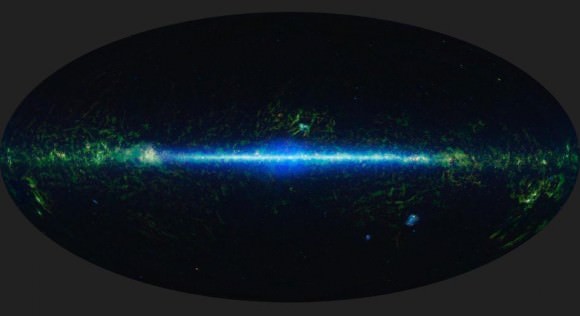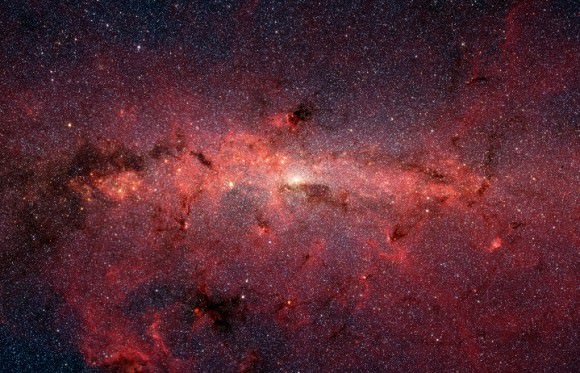[/caption]What is the ultimate fate of our universe? A Big Crunch? A Big Freeze? A Big Rip? or a Big Bounce? Measurements made by WMAP or the Wilkinson Microwave Anisotropy Probe favor a Big Freeze. But until a deeper understanding of dark energy is established, the other three still cannot be totally ignored.
Ever since scientists proved the Big Bang to be the most plausible cosmological theory, and since it only focused more on how it might have all began, their attention started to shift to how the Universe would end. Thus, all 4 theories mentioned above (Big Crunch, Big Freeze, etc.) are actually offshoots of the Big Bang.
The Big Crunch predicts that, after having expanded to its maximum size, the Universe will finally collapse into itself to form the greatest black hole ever.
On the opposite side of the coin, the Big Freeze foretells of a universe that will continue to stretch forever, distributing heat evenly in the process until none is left to be usable enough. Hence, it is also known as the Heat Death.
A more dramatic version of the Big Freeze is the Big Rip. In this scenario, the Universe’s rate of expansion will increase substantially so that everything in it, down to the smallest atom, will be ripped apart.
In a cyclic or oscillatory model of the Universe, there will be no end … for matter and energy, that is. But for us and the Universe that we know of, there will definitely be a conclusion. In an oscillatory model, the Big Bang and Big Crunch form a pair known as the Big Bounce. Essentially, such a universe would simply expand and contract (or bounce) forever.
For astronomers to determine what the ultimate fate of the Universe should be, they would need to know certain information. Its density is supposedly one of the most telling.
You see, if its density is found to be less than the critical density, then only a Big Freeze or a Big Rip would be possible. On the other hand, if it is greater than the said critical value, then a Big Crunch or Big Bounce would most likely ensue.
The most accurate measurements on the cosmic microwave background radiation (CMBR), which is also the most persuasive evidence of the Big Bang, shows a universe having a density virtually equal to the critical density. The measurements also exhibit the characteristics of a flat universe. Right now, it looks like all gathered data indicate that a Big Crunch or a Big Bounce is highly unlikely to occur.
To render finality to these findings however, scientists will need to know the exact behavior of dark energy. Is its strength increasing? Is it diminishing? Is it constant? Only by answering these will they know the ultimate fate of the Universe.
We’ve got a few articles that touch on the fate the universe here in Universe Today. Here are two of them:
NASA also has some more:
Tired eyes? Let your ears help you learn for a change. Here are some episodes from Astronomy Cast that just might suit your taste:
- The End of the Universe Part 1: The End of the Solar System
- The End of the Universe Part 2: The End of Everything
Sources: NASA, Hubblesite


